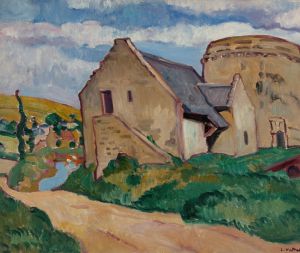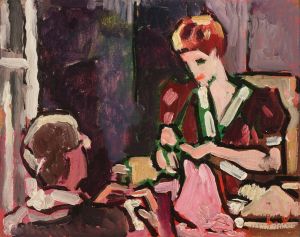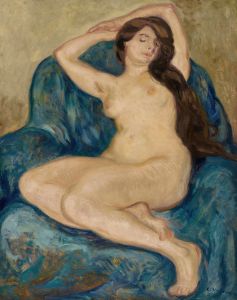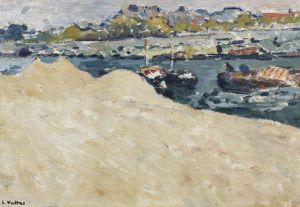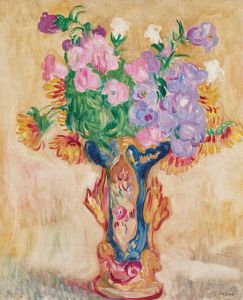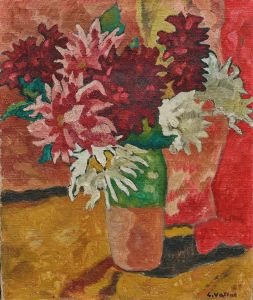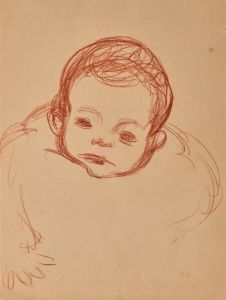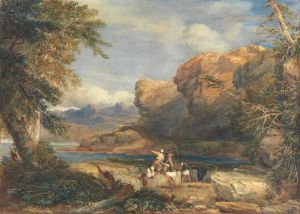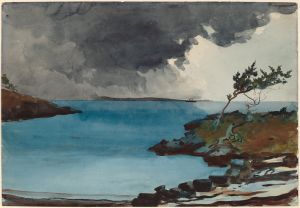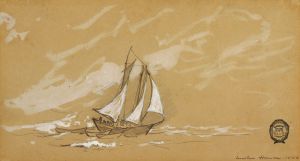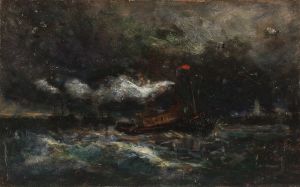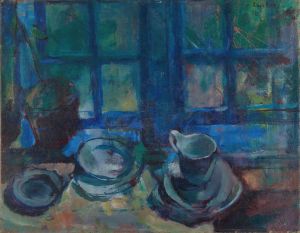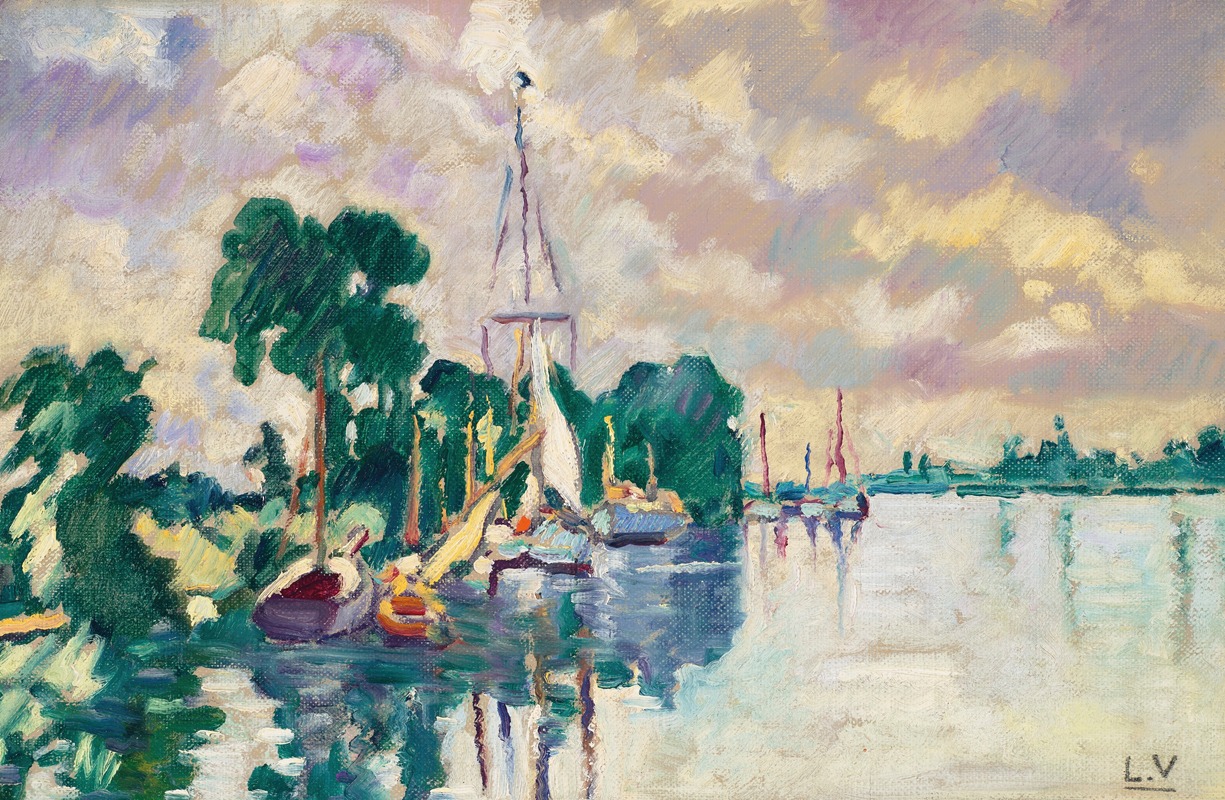
Voiliers à Ouistreham
A hand-painted replica of Louis Valtat’s masterpiece Voiliers à Ouistreham, meticulously crafted by professional artists to capture the true essence of the original. Each piece is created with museum-quality canvas and rare mineral pigments, carefully painted by experienced artists with delicate brushstrokes and rich, layered colors to perfectly recreate the texture of the original artwork. Unlike machine-printed reproductions, this hand-painted version brings the painting to life, infused with the artist’s emotions and skill in every stroke. Whether for personal collection or home decoration, it instantly elevates the artistic atmosphere of any space.
Louis Valtat was a French painter and printmaker associated with the Fauvist movement, known for his vibrant use of color and expressive brushwork. One of his works, "Voiliers à Ouistreham," exemplifies his style and artistic interests. This painting captures a scene of sailboats at Ouistreham, a commune in the Normandy region of France, known for its picturesque coastal views and maritime activity.
Valtat was born in 1869 in Dieppe, France, and studied at the École des Beaux-Arts in Paris, where he was influenced by the Impressionists and Post-Impressionists. His work often features landscapes, seascapes, and scenes of everyday life, characterized by bold colors and dynamic compositions. "Voiliers à Ouistreham" reflects these elements, showcasing Valtat's ability to convey the vibrancy and movement of the sea and sky.
The painting likely dates from the early 20th century, a period when Valtat was actively exploring the use of color and form. During this time, he was part of a group of artists who were pushing the boundaries of traditional painting techniques, leading to the development of Fauvism. This movement, which included artists like Henri Matisse and André Derain, emphasized painterly qualities and strong color over representational or realistic values.
In "Voiliers à Ouistreham," Valtat employs a vivid palette to depict the sailboats and their surroundings. The use of bright, contrasting colors creates a sense of energy and liveliness, capturing the essence of the coastal environment. The brushwork is loose and expressive, allowing the viewer to feel the movement of the water and the breeze in the sails. This approach is typical of Valtat's work, which often seeks to evoke an emotional response through color and form.
Valtat's choice of subject matter reflects his interest in capturing the beauty and dynamism of the natural world. Ouistreham, with its bustling port and scenic coastline, would have provided ample inspiration for an artist keen on exploring the interplay of light and color. The sailboats, a common motif in Valtat's oeuvre, symbolize freedom and adventure, themes that resonate with the Fauvist emphasis on personal expression and emotional intensity.
While Valtat is not as widely known as some of his contemporaries, his contributions to the development of modern art are significant. His work bridges the gap between Impressionism and the more radical movements of the early 20th century, offering a unique perspective on the evolution of color and form in painting. "Voiliers à Ouistreham" is a testament to his skill and vision, capturing a moment of beauty and movement with clarity and passion.
Today, Louis Valtat's paintings are held in various collections around the world, appreciated for their vibrant color schemes and innovative approach to composition. "Voiliers à Ouistreham" remains an excellent example of his work, illustrating the enduring appeal of his artistic vision and the timeless allure of the French coastline.





